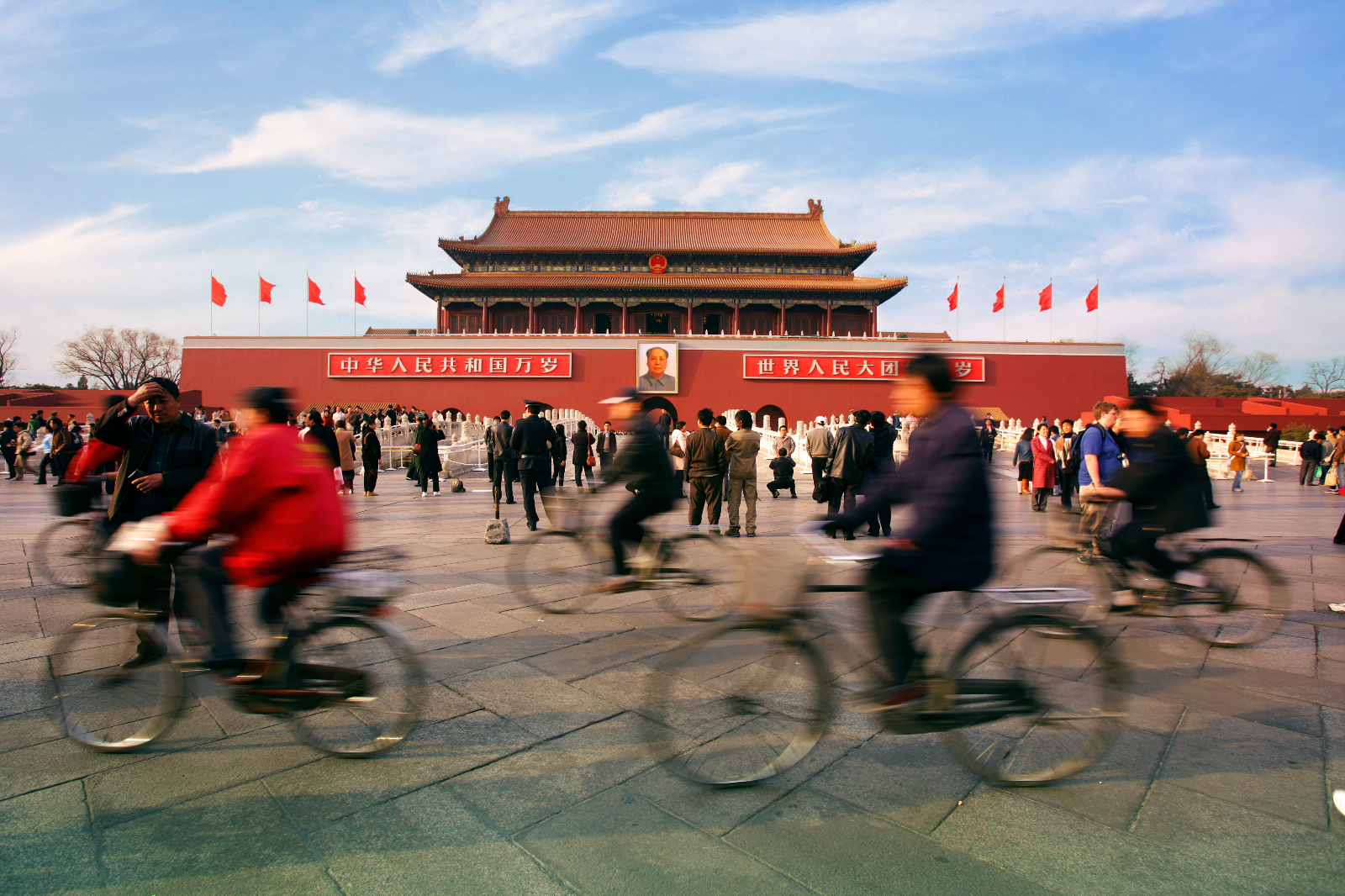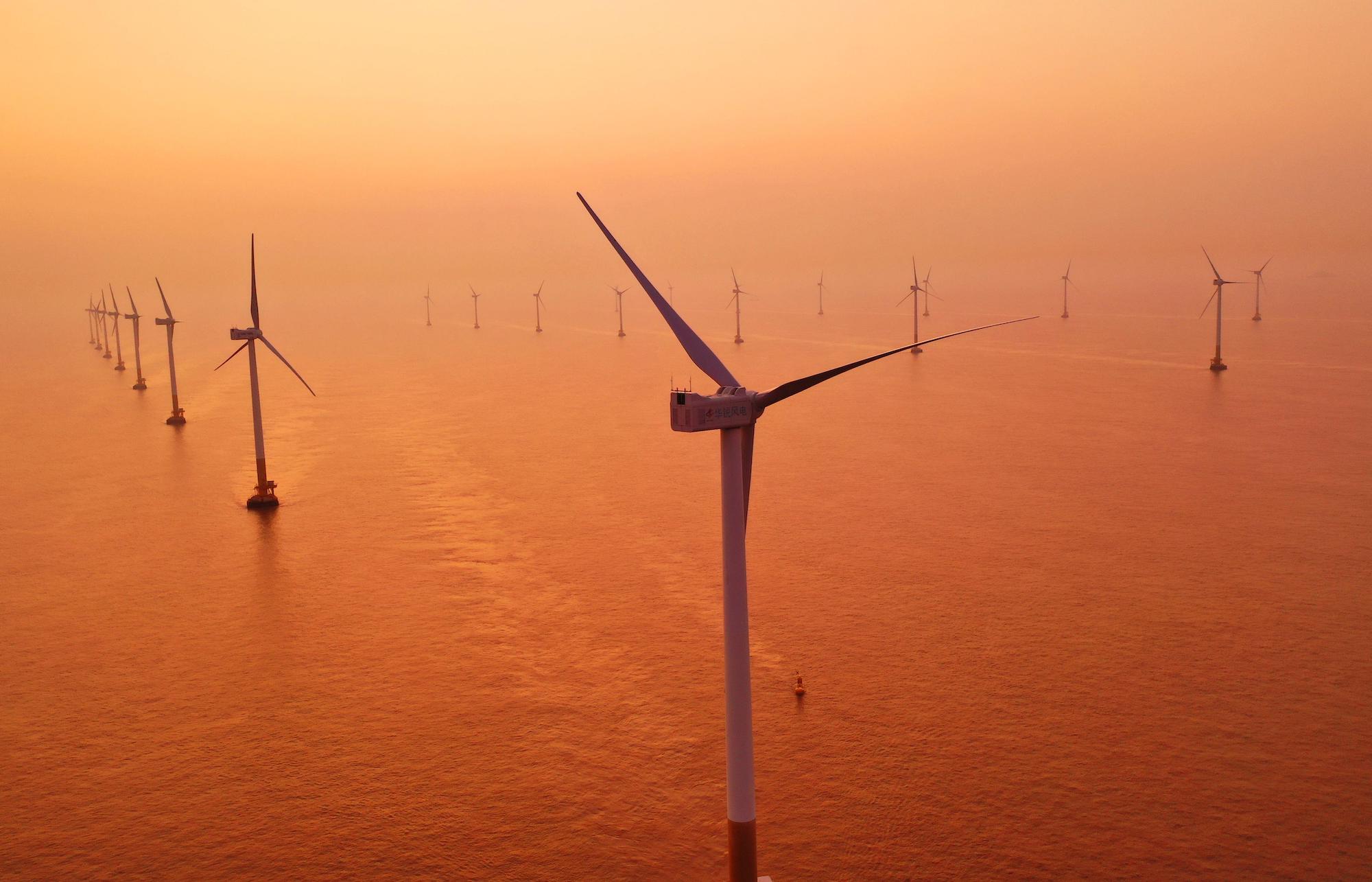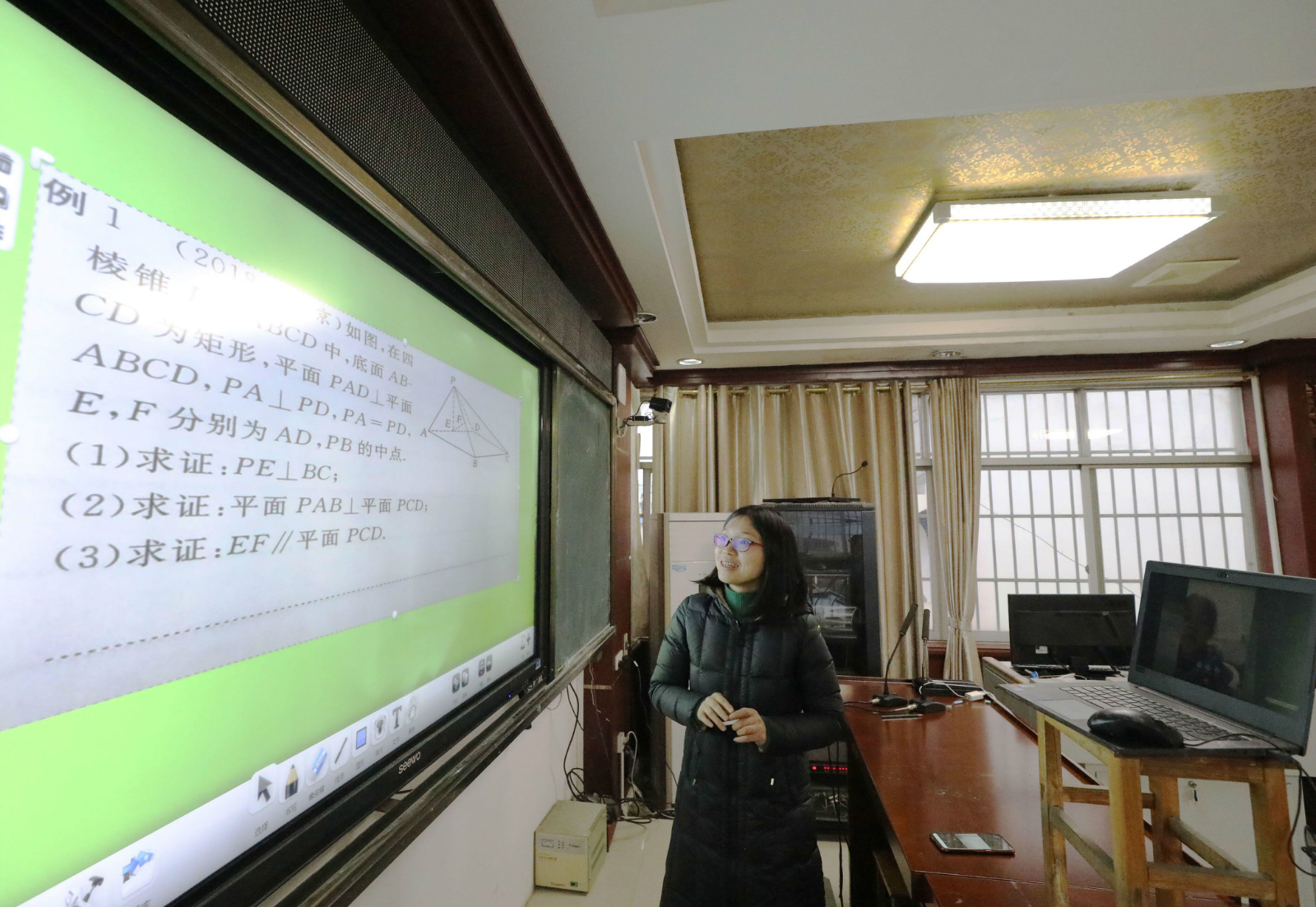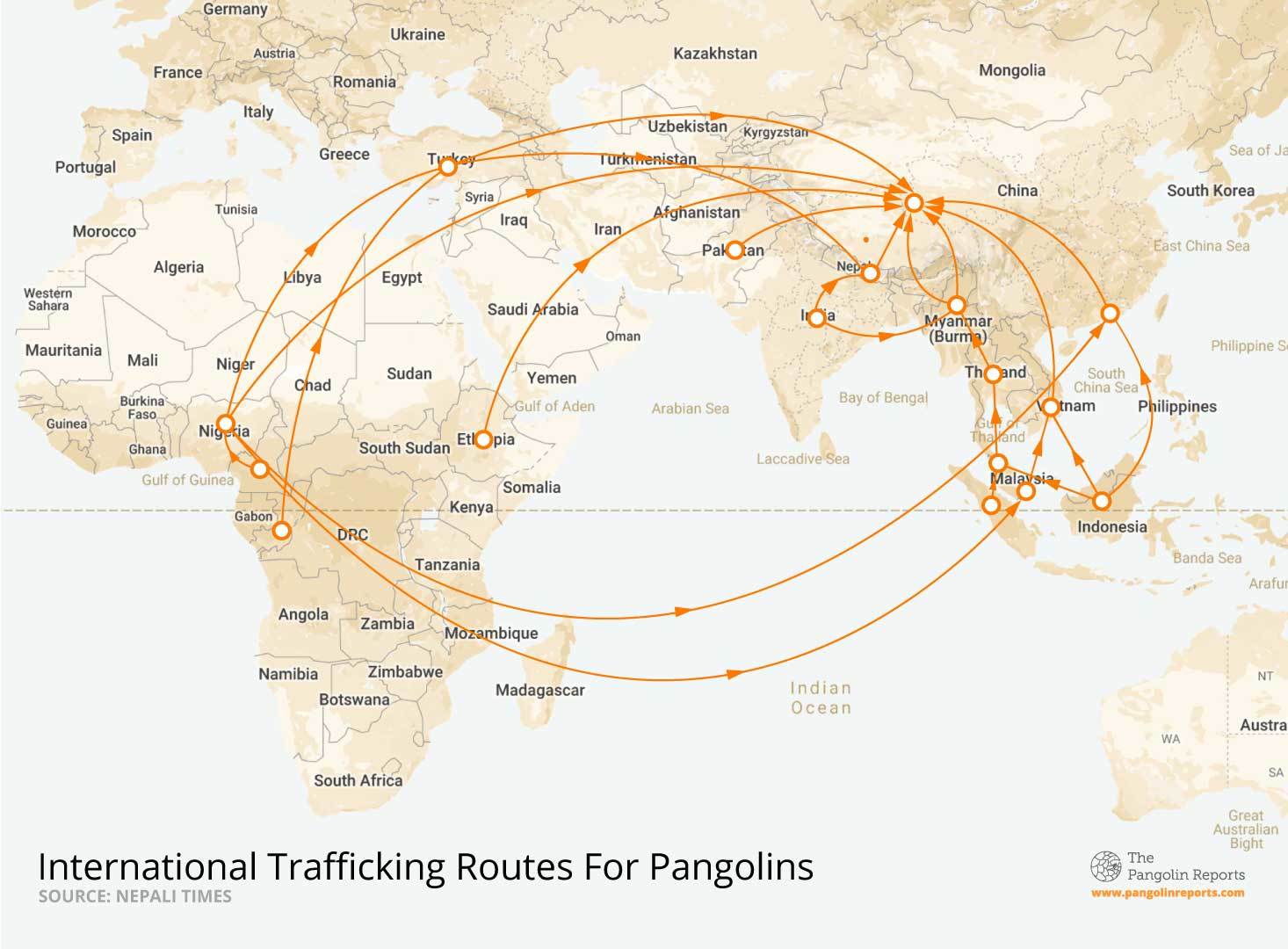PRE CORONAVIRUS
China and the environment: a decade in review
A story of growing environmental protection told through ten articles published over ten years by China Dialogue

Blue skies over Beijing (Image: Alamy)
The past decade has been a roller coaster ride for environmentalists in China. December 2009 saw the Copenhagen climate talks fail amid disputes between developed and developing nations. Then, after a brief holiday break, recriminations peaked in the new year. Cao Haili concluded in January 2010 that the failure in Copenhagen gave China “more time for its development” but that “China’s 30-year economic miracle has come at the cost of a rapidly deteriorating environment; this has not been sustainable development”.
These were prescient words; the consequences of the damage to China’s environment become more apparent in 2010. However, lessons were learned, and China set out on a transformative journey to tackle pollution that by 2019 had achieved a stunning turnaround. This has been documented in article after article on China Dialogue. We’ve chosen ten to trace that journey – and hint at what the next decade holds.
2010: Dynamic Data (Ma Jun)
At the dawn of the decade, China’s environmental protection record was cause for concern. Early 2010 saw the publication of the country’s first survey of pollution sources, providing citizens with new information on the state of their environment. Ma Jun, director of the Institute of Public & Environmental Affairs, acknowledged in this comment piece that things were worse than expected. The survey, which took two years to complete, served as a footnote to China’s “pollute first, clean up later” approach to development. The publication was undoubtedly a step forward, but many pollutants such as fine particles were missing, meaning the report’s diagnoses were incomplete – and an opportunity to foresee the oncoming air pollution crisis was missed.
2011: Beijing’s hazardous blue sky (Stephen Q Andrews)
By the winter of 2011, there was no avoiding northern China’s air pollution problem. Widespread smog had turned “air quality” into the first environmental buzzword of the decade, and an analysis by independent researcher Stephen Q Andrews triggered media reports and responses from Chinese experts and officials. Andrews pointed out that Beijing’s air quality measures were inaccurate, as key measures such as PM2.5 and ozone were absent. This became key to the debate. China made sweeping changes to how air quality data was collected and published, and soon Chinese people could check official PM2.5 levels for major Chinese cities on their phones.

(Image: Yin Kuang / Greenpeace)
2012: Shifang: a crisis of local rule (Tang Hao)
The cost of China’s expansive economic growth was more than air pollution. In 2012, the country was shaken by environmental mass protests in Sichuan, Jiangsu and Zhejiang provinces over pollution from smelters, paper mills and chemical plants. The protests prompted changes in the management of China’s environment, and that process is a major thread in the story of China’s environmental protection over the last decade. Academic Tang Hao wrote that public clashes with industry and government highlighted problems in local governance, and that greater public participation within the system could resolve the conflicts. “Public participation” in environmental protection became a common term among Chinese environmentalists.
2013: Beijing’s neighbours hesitate at pollution cuts (Wang Jiankun, Wang Xiuqiang, Xu Nan)
In 2013, China published an ambitious plan for tackling pollution that would greatly reduce smog by 2017. The plan’s controls on coal required key cities and provinces to burn less. China pushed ahead with this “energy revolution” – a turning point in global environmental and climate history. But as well as being a major cause of air pollution, coal is China’s most important primary energy source. Three reporters wrote about the challenges of reducing coal use. Local governments, keen to maintain economic growth and tax income, pushed back against the central government’s green agenda, and this dynamic has influenced China’s environmental ambitions and achievements ever since.
2014: Reaction: US-China climate pledge (China Dialogue)
After months of low-key talks, presidents Xi and Obama surprised the world with a joint statement on climate change. Five years after the failure of the COP15 talks in Copenhagen, China made its first international commitment on a timetable to peak carbon emissions, taking steps to bridge the huge disagreement between developed and developing nations on setting emissions targets, and creating a path to the 2015 Paris Agreement and a new climate governance model based on nationally determined contributions. China Dialogue documented how the statement was received. But more importantly, this change in China’s climate stance reflected changes in the environmental and energy sectors at home: a broad green transition designed to tackle air pollution was helping the country re-evaluate its role in global environmental governance.

(Image: US Embassy The Hague/Pablo Martinez Monsivais)
2015: China's new silk roads tie together three continents (Brian Eyler)
China’s environmental journey over the last decade has not just been domestic. After three decades of rapid economic growth, Chinese firms could afford to invest overseas, developing markets for Chinese goods and services and acquiring resources to feed the huge Chinese economy. The year 2015 was key to this process, as the Chinese government fleshed out its One Belt, One Road development strategy – later rebranded the Belt and Road Initiative (BRI). The Asian Infrastructure Investment Bank was also created, founded by China in partnership with other nations, and another landmark in China’s approach to multilateral finance. Bryan Eyler, an expert with the Stimson Center, a US thinktank, wrote an article representative of the hopes, questions and concerns international society had for the BRI, which remains a key framework through which Western observers view China’s overseas footprint.
2016: Solar power dawns on Datong as coal industry declines (Zhang Chun, Liu Yuyang)
Grand green visions and national policies meant changes for ordinary Chinese people too. China Dialogue researcher Zhang Chun and photographer Liu Yuyang documented one local example of this transition: former coal workers in the mining town of Datong finding new jobs in solar power plants built on old mine sites. Similar stories are unfolding elsewhere, and their success or failure will be a key determinant of China’s future energy footprint.
2017: What caused China’s squeeze on natural gas? (Li Jing)
If 2013 saw China declare war on pollution, 2017 saw that war enter a decisive phase. To win back their blue skies, authorities at all levels pushed forward with environmental policies, one of which saw natural gas replace coal for winter heating in northern China. Millions of households were quickly weaned off coal and connected to gas supplies. This was a huge undertaking, and there was no shortage of problems, with many rural households struggling to heat their homes. Li Jing explained that the problems seen in the winter of 2017 also highlighted a difficulty in China’s efforts to tackle smog: who pays for protecting the environment? Is it fair for low-income rural families to shiver so Beijing can enjoy bluer skies?
2018: China reshapes ministries to better protect environment (Ma Tianjie, Liu Qin)
In 2018, the environmental ambition China had shown in the first half of the decade was finally enshrined in the structure of the state. In March that year, the concept of “ecological civilisation” was added to the Chinese constitution, and sweeping ministerial reforms soon followed, with the Ministry of Ecology and Environment and the Ministry of Natural Resources formed to manage and protect China’s environment. In interviews with China Dialogue, experts described the changes as one of the most concrete steps yet taken towards an ecological civilisation, and helping to bring environmental management and policy-making under more unified control. Responsibility for climate change was moved from the National Development and Reform Commission, the state’s overall economic management body, to the Ministry of Ecology and Environment – prompting questions as to whether this would strengthen China’s climate policy.
2019: Waste sorting: an imposed ‘social contract’ with potential (Jiang Yifan)
By 2019, efforts to tackle air pollution had returned China’s skies to blue and smog was no longer the public’s chief environmental concern. That inspiring turnaround from worsening pollution to clear improvements over the course of a decade, was due both to a government that reassessed the relationship between the environment and development, and a public with much higher levels of environmental awareness.
In 2019, the government and the public were again faced with a shared issue: waste sorting. A greener China needs a public that is enthusiastic and disciplined about protecting the environment. But Chinese people are used to the government taking the lead, and complaints were heard when compulsory waste-sorting measures were imposed. In this article commentator Jiang Yifan described waste-sorting as a social contract between government and people: the government imposes responsibilities on the public, but the public has the right to see if the government is fulfilling its own commitments. Will such a contract redefine China’s environmental progress in the coming decade? We are all watching.
The last word: Xie Zhenhua: China’s top climate negotiator steps down (Li Jing)
As the decade drew to an end, a baton was handed on. China’s special representative on climate change, Xie Zhenhua, stepped down just prior to the COP25 climate talks in Madrid. His career in climate diplomacy had largely paralleled China’s green transition. Li Jing reviewed his work, and in doing so offered a recap of those ten years – an encouraging and thought-provoking read for people concerned with China’s environment, and a story which will shape the next ten.
These were prescient words; the consequences of the damage to China’s environment become more apparent in 2010. However, lessons were learned, and China set out on a transformative journey to tackle pollution that by 2019 had achieved a stunning turnaround. This has been documented in article after article on China Dialogue. We’ve chosen ten to trace that journey – and hint at what the next decade holds.
2010: Dynamic Data (Ma Jun)
At the dawn of the decade, China’s environmental protection record was cause for concern. Early 2010 saw the publication of the country’s first survey of pollution sources, providing citizens with new information on the state of their environment. Ma Jun, director of the Institute of Public & Environmental Affairs, acknowledged in this comment piece that things were worse than expected. The survey, which took two years to complete, served as a footnote to China’s “pollute first, clean up later” approach to development. The publication was undoubtedly a step forward, but many pollutants such as fine particles were missing, meaning the report’s diagnoses were incomplete – and an opportunity to foresee the oncoming air pollution crisis was missed.
2011: Beijing’s hazardous blue sky (Stephen Q Andrews)
By the winter of 2011, there was no avoiding northern China’s air pollution problem. Widespread smog had turned “air quality” into the first environmental buzzword of the decade, and an analysis by independent researcher Stephen Q Andrews triggered media reports and responses from Chinese experts and officials. Andrews pointed out that Beijing’s air quality measures were inaccurate, as key measures such as PM2.5 and ozone were absent. This became key to the debate. China made sweeping changes to how air quality data was collected and published, and soon Chinese people could check official PM2.5 levels for major Chinese cities on their phones.

(Image: Yin Kuang / Greenpeace)
2012: Shifang: a crisis of local rule (Tang Hao)
The cost of China’s expansive economic growth was more than air pollution. In 2012, the country was shaken by environmental mass protests in Sichuan, Jiangsu and Zhejiang provinces over pollution from smelters, paper mills and chemical plants. The protests prompted changes in the management of China’s environment, and that process is a major thread in the story of China’s environmental protection over the last decade. Academic Tang Hao wrote that public clashes with industry and government highlighted problems in local governance, and that greater public participation within the system could resolve the conflicts. “Public participation” in environmental protection became a common term among Chinese environmentalists.
2013: Beijing’s neighbours hesitate at pollution cuts (Wang Jiankun, Wang Xiuqiang, Xu Nan)
In 2013, China published an ambitious plan for tackling pollution that would greatly reduce smog by 2017. The plan’s controls on coal required key cities and provinces to burn less. China pushed ahead with this “energy revolution” – a turning point in global environmental and climate history. But as well as being a major cause of air pollution, coal is China’s most important primary energy source. Three reporters wrote about the challenges of reducing coal use. Local governments, keen to maintain economic growth and tax income, pushed back against the central government’s green agenda, and this dynamic has influenced China’s environmental ambitions and achievements ever since.
2014: Reaction: US-China climate pledge (China Dialogue)
After months of low-key talks, presidents Xi and Obama surprised the world with a joint statement on climate change. Five years after the failure of the COP15 talks in Copenhagen, China made its first international commitment on a timetable to peak carbon emissions, taking steps to bridge the huge disagreement between developed and developing nations on setting emissions targets, and creating a path to the 2015 Paris Agreement and a new climate governance model based on nationally determined contributions. China Dialogue documented how the statement was received. But more importantly, this change in China’s climate stance reflected changes in the environmental and energy sectors at home: a broad green transition designed to tackle air pollution was helping the country re-evaluate its role in global environmental governance.

(Image: US Embassy The Hague/Pablo Martinez Monsivais)
2015: China's new silk roads tie together three continents (Brian Eyler)
China’s environmental journey over the last decade has not just been domestic. After three decades of rapid economic growth, Chinese firms could afford to invest overseas, developing markets for Chinese goods and services and acquiring resources to feed the huge Chinese economy. The year 2015 was key to this process, as the Chinese government fleshed out its One Belt, One Road development strategy – later rebranded the Belt and Road Initiative (BRI). The Asian Infrastructure Investment Bank was also created, founded by China in partnership with other nations, and another landmark in China’s approach to multilateral finance. Bryan Eyler, an expert with the Stimson Center, a US thinktank, wrote an article representative of the hopes, questions and concerns international society had for the BRI, which remains a key framework through which Western observers view China’s overseas footprint.
2016: Solar power dawns on Datong as coal industry declines (Zhang Chun, Liu Yuyang)
Grand green visions and national policies meant changes for ordinary Chinese people too. China Dialogue researcher Zhang Chun and photographer Liu Yuyang documented one local example of this transition: former coal workers in the mining town of Datong finding new jobs in solar power plants built on old mine sites. Similar stories are unfolding elsewhere, and their success or failure will be a key determinant of China’s future energy footprint.
2017: What caused China’s squeeze on natural gas? (Li Jing)
If 2013 saw China declare war on pollution, 2017 saw that war enter a decisive phase. To win back their blue skies, authorities at all levels pushed forward with environmental policies, one of which saw natural gas replace coal for winter heating in northern China. Millions of households were quickly weaned off coal and connected to gas supplies. This was a huge undertaking, and there was no shortage of problems, with many rural households struggling to heat their homes. Li Jing explained that the problems seen in the winter of 2017 also highlighted a difficulty in China’s efforts to tackle smog: who pays for protecting the environment? Is it fair for low-income rural families to shiver so Beijing can enjoy bluer skies?
2018: China reshapes ministries to better protect environment (Ma Tianjie, Liu Qin)
In 2018, the environmental ambition China had shown in the first half of the decade was finally enshrined in the structure of the state. In March that year, the concept of “ecological civilisation” was added to the Chinese constitution, and sweeping ministerial reforms soon followed, with the Ministry of Ecology and Environment and the Ministry of Natural Resources formed to manage and protect China’s environment. In interviews with China Dialogue, experts described the changes as one of the most concrete steps yet taken towards an ecological civilisation, and helping to bring environmental management and policy-making under more unified control. Responsibility for climate change was moved from the National Development and Reform Commission, the state’s overall economic management body, to the Ministry of Ecology and Environment – prompting questions as to whether this would strengthen China’s climate policy.
2019: Waste sorting: an imposed ‘social contract’ with potential (Jiang Yifan)
By 2019, efforts to tackle air pollution had returned China’s skies to blue and smog was no longer the public’s chief environmental concern. That inspiring turnaround from worsening pollution to clear improvements over the course of a decade, was due both to a government that reassessed the relationship between the environment and development, and a public with much higher levels of environmental awareness.
In 2019, the government and the public were again faced with a shared issue: waste sorting. A greener China needs a public that is enthusiastic and disciplined about protecting the environment. But Chinese people are used to the government taking the lead, and complaints were heard when compulsory waste-sorting measures were imposed. In this article commentator Jiang Yifan described waste-sorting as a social contract between government and people: the government imposes responsibilities on the public, but the public has the right to see if the government is fulfilling its own commitments. Will such a contract redefine China’s environmental progress in the coming decade? We are all watching.
The last word: Xie Zhenhua: China’s top climate negotiator steps down (Li Jing)
As the decade drew to an end, a baton was handed on. China’s special representative on climate change, Xie Zhenhua, stepped down just prior to the COP25 climate talks in Madrid. His career in climate diplomacy had largely paralleled China’s green transition. Li Jing reviewed his work, and in doing so offered a recap of those ten years – an encouraging and thought-provoking read for people concerned with China’s environment, and a story which will shape the next ten.
Now more than ever…
chinadialogue is at the heart of the battle for truth on climate change and its challenges at this critical time.
Our readers are valued by us and now, for the first time, we are asking for your support to help maintain the rigorous, honest reporting and analysis on climate change that you value in a 'post-truth' era.










